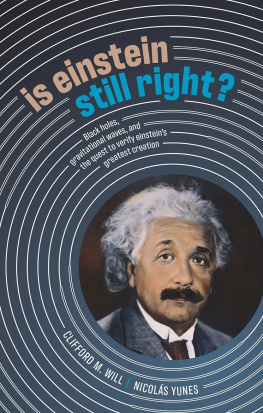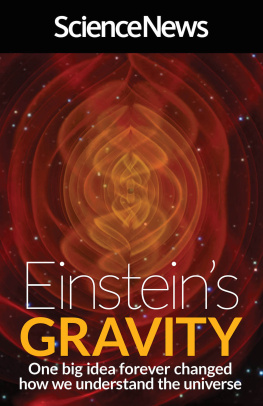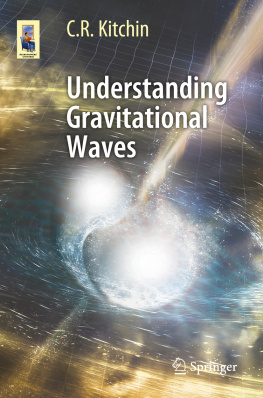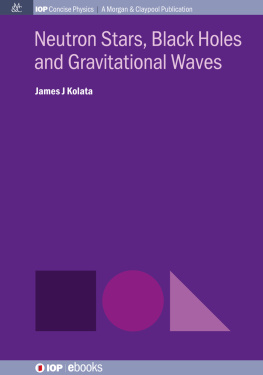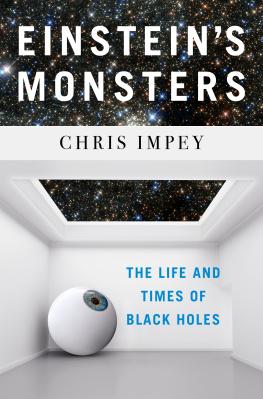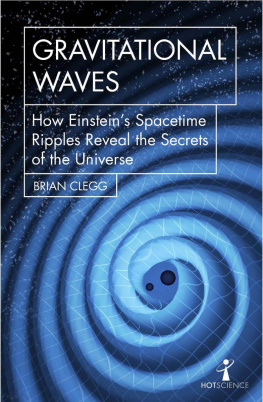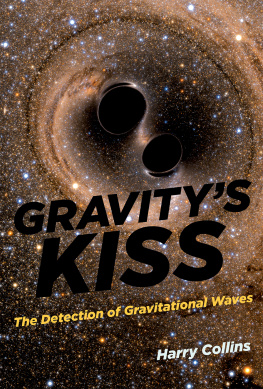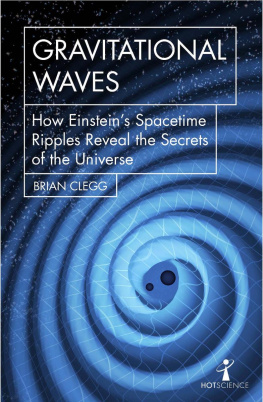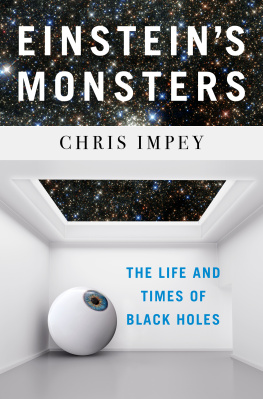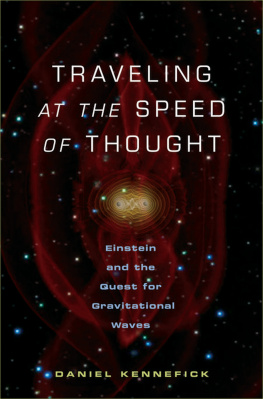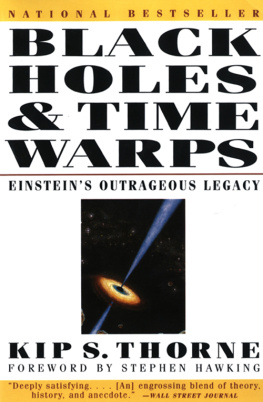Is Einstein Still Right?

Great Clarendon Street, Oxford, OX2 6DP, United Kingdom
Oxford University Press is a department of the University of Oxford. It furthers the Universitys objective of excellence in research, scholarship, and education by publishing worldwide. Oxford is a registered trade mark of Oxford University Press in the UK and in certain other countries
Clifford M. Will, Nicols Yunes 2020
The moral rights of the authors have been asserted
First Edition published in 2020
Impression: 1
All rights reserved. No part of this publication may be reproduced, stored in a retrieval system, or transmitted, in any form or by any means, without the prior permission in writing of Oxford University Press, or as expressly permitted by law, by licence or under terms agreedwith the appropriate reprographics rights organization. Enquiries concerning reproduction outside the scope of the above should be sent to the Rights Department, Oxford University Press, at the address above
You must not circulate this work in any other form and you must impose this same condition on any acquirer
Published in the United States of America by Oxford University Press
198 Madison Avenue, New York, NY 10016, United States of America
British Library Cataloguing in Publication Data
Data available
Library of Congress Control Number: 2020937411
ISBN 9780198842125
ebook ISBN 9780192579430
Printed and bound in the UK by
TJ International Ltd
Links to third party websites are provided by Oxford in good faith and for information only. Oxford disclaims any responsibility for the materials contained in any third party website referenced in this work.
For Leslie
For Penny, Jessica, Roberto and Lita
Contents
A little over a century ago, over four consecutive Wednesdays in November 1915, Albert Einstein described to the Prussian Academy of Sciences a theory of gravity that he had been working on for eight years. Among the audience of German scientists, a few were excited and impressed, many were mystified, and some were openly hostile. Outside the world of German science, the lectures had almost no impact. This was the middle of World War I, and, except for a few neutral countries such as Switzerland and the Netherlands, Germany was effectively cut off from the rest of the world. Einstein, seriously ill from the grueling days and nights of calculating, and from the food rationing and other privations of wartime Berlin, returned to his office to continue toiling on his new theory in relative obscurity.
Just four years later, after British astronomers declared that Einstein was right about the Suns gravity bending light, international headlines proclaimed Einstein to be the successor to Isaac Newton, the herald of a strange new universe governed by rubbery time, warped space, and mathematics so abstruse that only a handful of people could possibly comprehend it. Einstein became an overnight science superstar, a status that he thoroughly enjoyed and occasionally disliked. But his brainchild, called general relativity, soon languished, burdened by a shortage of relevance, a lack of experimental support and a reputation for being just too complicated. General relativity soon became little more than an afterthought in the world of physics.
But by 2015, the hundredth anniversary of general relativity, Einsteins theory had assumed its rightful place in the pantheon of physics. Its predictions had been tested and retested countless times, sometimes with mind-boggling precision. College bookshelves displayed textbooks on general relativity alongside conventional tomes on quantum mechanics, solid-state physics and astronomy, and physics departments routinely taught general relativity to graduate and undergraduate students. The theorys relevance was being touted in fields ranging from high-energy physics to astronomy to cosmology. And modern-day science superstars, such as Stephen Hawking, could be seen or heard expounding on warped spacetime on YouTube or in television shows such as The Big Bang Theory. It was even said that general relativity helps you to navigate your car or to find your misplaced smartphone, through the manner in which its rubbery time must be accounted for in global navigation systems such as GPS.
The crowning event of that centennial year was the September 14 2015 detection of gravitational waves emitted by a pair of colliding black holes a billion light years away from Earth. Einstein first predicted these waves in 1916, doubted their reality for a while in the 1930s, and believed that it would never be feasible to detect them. That detection, announced at a press conference in February 2016, made similar world-wide headlines proclaiming that Einstein was right. More importantly, it initiated a new way of doing astronomy, by listening to the universe rather than by looking at it. It also opened up new ways of putting Einsteins theory to the test, using black holes, neutron stars and gravitational waves.
This book is about Einsteins creation of over a hundred years ago, the general theory of relativity, with a definite slant toward experiment and observation. General relativity is a very beautiful theory. Einstein was guided toward its final form by aesthetic criteria of beauty, simplicity and elegance. In the end, while he appreciated the role of experimental tests, deep down he believed that the theory was so beautiful that it had to be correct. But, as the great American physicist Richard Feynman once said, It doesnt matter how beautiful your theory is, it doesnt matter how smart you are. If it doesnt agree with experiment, its wrong.
In this book we will describe how general relativity has passed every experimental test to which it has been subjected, an almost unbelievable perfect score. Yet the 1687 gravitation theory of Newton had a similar perfect score until general relativity took over. There is no reason to assume that general relativity is the last word on gravity. The observation of some anomalous effect or of a disagreement with Einsteins theory could tell us that its time for a new theory. The 1998 discovery that the expansion of the universe is speeding up rather than slowing down is an example of an anomaly that has many people scratching their heads. Some of them are working hard on devising alternatives to general relativity to account for this. Therefore, we must keep testing general relativity, especially in new and unfamiliar arenas, such as near black holes, or using gravitational waves, in order to discover where or how, or even if, it might be superseded.
The authors are theoretical general relativists, but we have both spent a substantial fraction of our research careers investigating how to verify (or disprove) general relativity by experiment or observation. We dont actually do experiments or make observations; our experimental colleagues get nervous when we get too close to their equipment. Yet, we have spent enough time talking to them and collaborating with them that we think we have a good feeling for what they do and how observations and experiments can test Einsteins theory. In this book you will learn about some of the absolutely brilliant people who design the experiments, build the apparatus and instruments, and analyze the data. Some of them work alone or in small groups, some belong to enormous collaborations of thousands of scientists, engineers and technicians. These are the people who are doing the real work of finding out if Einstein is still right.

